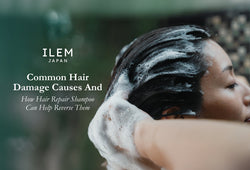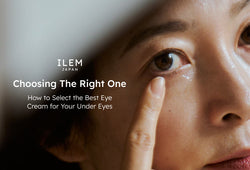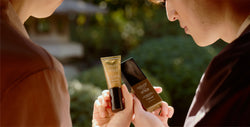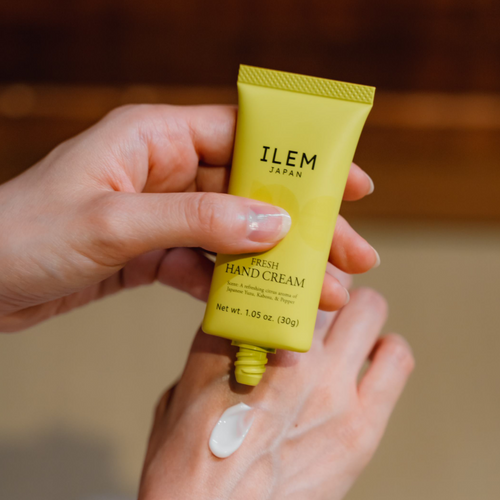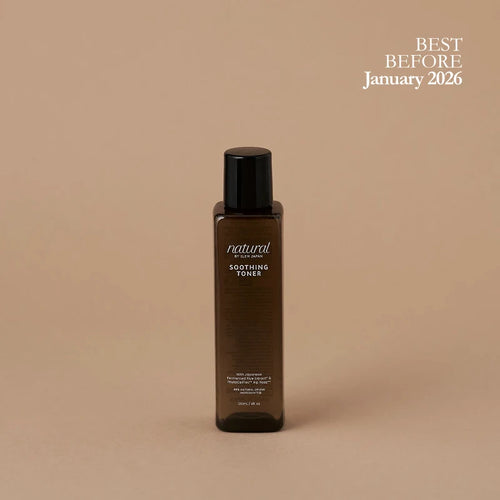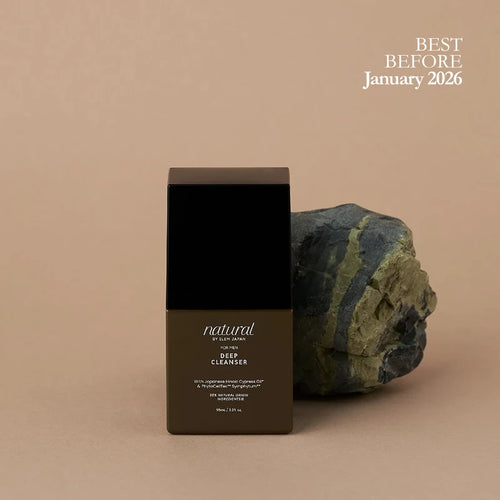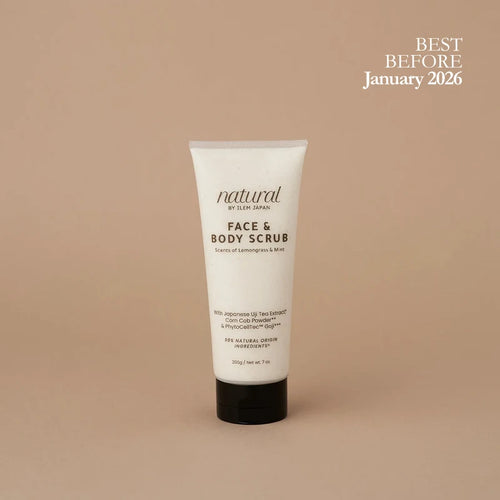Face Sheet Masks: Where They Fit In Your Skincare Routine (Before or After Moisturizer?)
Key Takeaways:
-
This blog addresses a common concern: Should you use a sheet mask before or after moisturizer?
-
This blog provides guidelines on using a sheet mask after cleansing and toning, as the skin can absorb maximum benefits from the active ingredients.
-
A proper guideline for incorporating the sheet mask application order in your everyday routine to achieve a radiant, healthy glow.
Sheet masks were popularized by the K-Beauty industry and have become a global sensation since the 2000s. The beloved skincare product, used by millions of skincare enthusiasts worldwide, has become a go-to for radiant and rejuvenated skin. In recent years, the J-Beauty industry picked this product and produced sheet masks for every skin type and with every ingredient you can imagine. This skincare arsenal is full of wonders, but most importantly, you need to know where it fits best. You might often wonder about the best time to apply a sheet mask. If you’ve ever asked yourself, “Should I use a sheet mask before or after moisturizer?”, you are not alone.
Whether it’s after serum, before moisturizer, or right after cleansing, you can get all the answers right here in this blog. Understanding how to use a sheet mask in your skincare routine can make all the difference in the world. The sheet mask step in your skincare routine is crucial, as it delivers a daily boost of hydration and a healthy glow.
Step-by-Step Sheet Mask Layering Guide
We have established that sheet masks are skincare heroes that provide instant radiance and plumpness, and also give you a visible mochi glow. However, you are still unsure about the proper sheet mask application order. So, what’s the right order? Learn the correct sheet mask skincare routine order so that you can enhance your existing skincare routine:
-
Cleansing - An ideal skincare routine will always start with cleansing your face twice a day. It is important to remove dirt, impurities, and makeup for refreshed, balanced skin. Make sure to apply your sheet mask after cleansing, as your face should be a clean canvas before proceeding with your skincare routine.
-
Toner - Toner removes excess oil and hydrates the skin without drying it out. It boosts the efficacy of other skincare products, balancing the skin’s pH and leaving you with calm, matte skin.
-
Sheet Mask - After cleansing and toning, your skin is fully prepped to absorb the richness and goodness of the ingredients in the sheet mask. This is the best time to apply a sheet mask as it allows the active ingredients to deliver moisture and brighten your complexion.
-
Moisturizer - Apply a lightweight moisturizer to lock in hydration and keep your skin supple. It maximizes the benefits of sheet masks and helps to maintain a youthful, radiant skin.
Applying a sheet mask after moisturizer can block the ongoing hydration, as it will disrupt the skin’s barrier. You can apply serums with active ingredients like Vitamin C, Hyaluronic acid, or Retinol after a sheet mask for optimal results. However, if they are already infused in the sheet masks, such as ILEM JAPAN’s biocellulose face masks, you can skip this step and apply the moisturizer directly.
Getting the most out of your skincare routine is crucial, and you can pair a sheet mask with ILEM JAPAN’s lightweight moisturizer to soothe your skin and seal in hydration. The face sheet masks are designed to fit effortlessly into your routine, delivering softness, moisture, and glow with every use.
Frequently Asked Questions:
1. Can you use a sheet mask after moisturizer?
No! You can use a sheet mask before moisturizer as it provides hydrating and beneficial active ingredients to your skin, which are then sealed in with a moisturizer.
2. Is a sheet mask the last step in your skincare routine?
No! The best time to apply a sheet mask is after cleansing and toning and before serum and moisturizer.
3. Should I use a sheet mask before or after retinol?
Use a sheet mask before retinol to avoid overabsorption and reduce the risk of skin irritation



